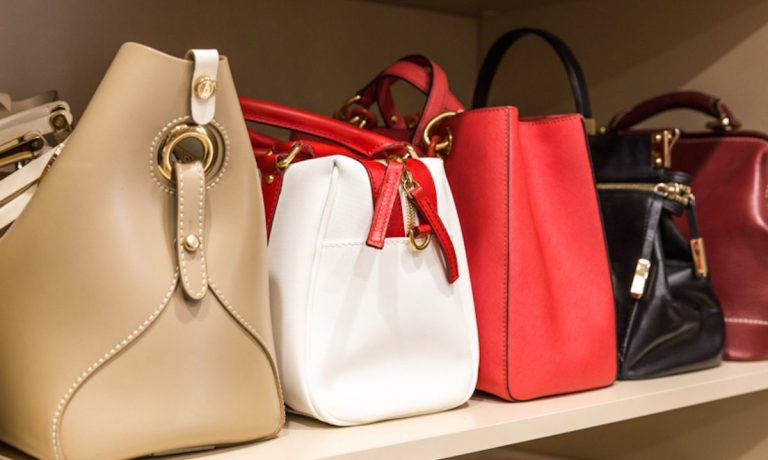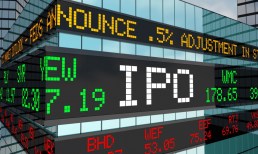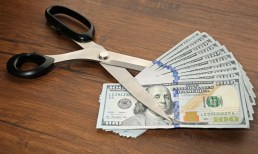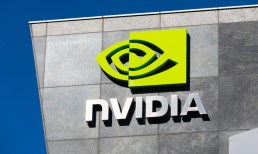Rebag CEO Eyes $50B of Luxury Inventory That Is ‘Sitting in Closets’

Though the luxury secondhand market is currently growing four times faster than the luxury market, Charles Gorra, founder and CEO of Rebag, says there’s still more to do to improve accessibility for both buyers and sellers.
Luxury resale represents an estimated $24 billion market, but Gorra told PYMNTS that reselling luxury “requires delicate care and handling, as well as trustworthy authentication,” making it more difficult than other secondhand channels that merely require sellers to upload photos of their items.
“However, the true beauty of luxury resale lies in the easy accessibility to these coveted and often difficult-to-acquire items,” Gorra said. “Luxury is designed to last, and can re-enter the circular fashion market for decades on end.”
To be sure, “luxury” has not always been simpatico with “resale,” which may be why Rebag emphasizes the technology and expertise it brings to the table. As Gorra told PYMNTS, the marketplace over the last six years has grown its team of specialists “and developed world-class tools and infrastructure … to best care for and properly certify our inventory.”
“Rebag is all about bringing transparency to the resale market and simplifying the process so that more consumers can participate with ease,” he added.
The luxury handbag marketplace also recently launched Rebag Outlet, a section of the website dedicated to off-price designer items — including bags, watches, fine jewelry and accessories — at up to 80% off retail. Brands sold through Rebag Outlet include Dior, Gucci, Prada and David Yurman, among others.
Gorra said that all Outlet items are vetted and approved by Rebag’s in-house experts, who have helped it amass an inventory of over 25,000 products. Unlike other purchases made through Rebag, which have an unconditional seven-day return policy, sales through Outlet are final and not eligible for buyback through Rebag Infinity, a service akin to renting or leasing luxury handbags.
According to PYMNTS’ Cross-Border Retail Payments Tracker, published earlier this year, online sales are expected to account for one-quarter of total luxury purchases by 2025, up from 10% in 2019.
See also: Localized Payments Woo Cross-Border Luxury Shoppers
Growing the Market
Gorra said that while he’s happy to see the rapid adoption of luxury resale, “there is still a large amount of the market that has not been tapped into.” He noted that the estimated cumulative value of the closets of all luxury handbag owners is $50 billion, but that only 10% of these consumers are participating in the resale market.
The opportunity, therefore, lies in “making resale much more accessible and easy to use, therefore growing the adoption rate,” Gorra said. For example, Rebag has an artificial intelligence (AI)-powered feature, called Clair by Rebag, that can identify and price bags from the top 50 luxury brands in the world in order to quickly provide potential sellers with an offer. This summer, Rebag also launched Clair Trade, which allows consumers to buy and sell luxury items in a single transaction.
Related news: Rebag’s AI Solution Brings Transparency, Confidence to Luxury Resale Market
“The ultimate goal is to create a more sustainable luxury ecosystem,” Gorra said, adding that he also sees an opportunity for retailers and brands to get involved in the resale market. “Resale is part of the lifecycle of the customer journey, and there are a lot of synergies in integrating it directly at the source.”
Marcus Shen, chief operating officer of B-Stock, told PYMNTS earlier this month that the secondhand market represents a “big opportunity” for retailers in terms of customer retention, and he expects more brands to introduce trade-in and refurbishment programs in the coming years.
“If there’s a way for them to keep you on the brand, if they can keep you as a long-term customer and loyal to them, that’s a small price to pay,” Shen said.
Read more: Secondhand Market Presents ‘Big Opportunity’ for Retailers Ahead of Holidays



